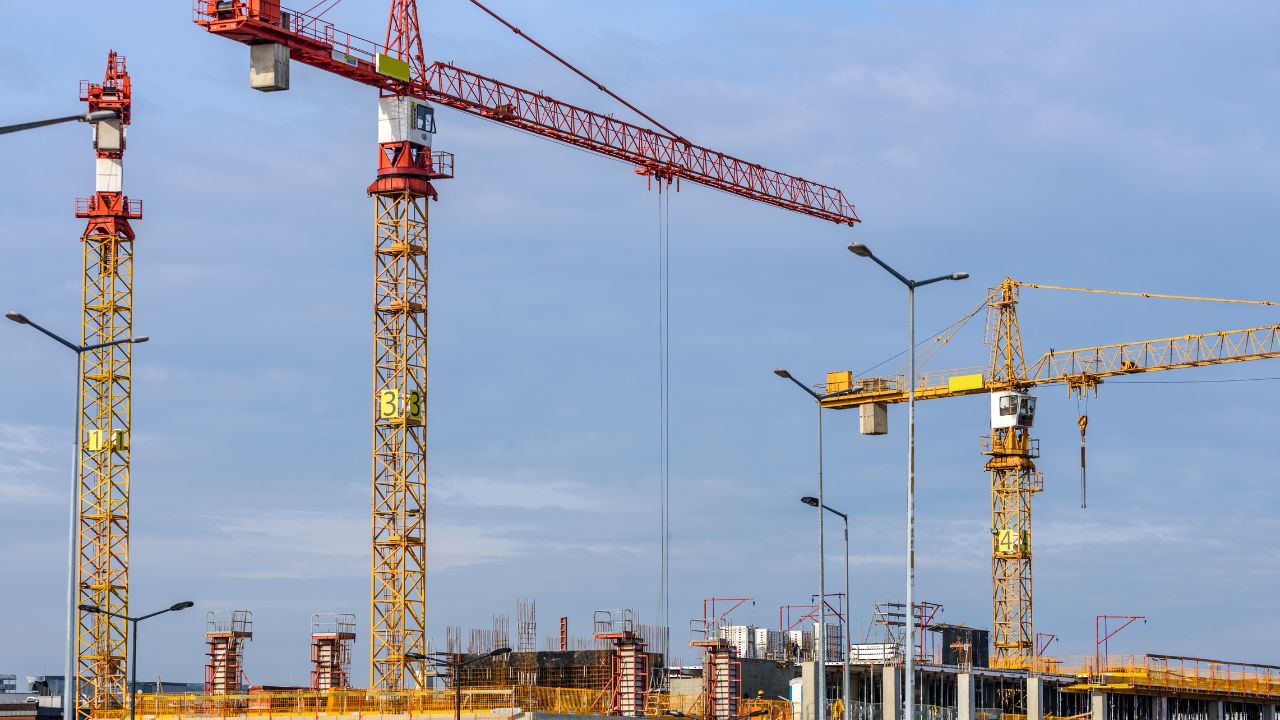The number of cranes across city skylines is now at the second-highest level on record, signalling a rebound in confidence from developers.
The RLB Crane Index hit 204 in the first quarter of 2024, representing 869 cranes in the air, with 540 from residential projects and 329 across commercial asset types.
Ray White Group Head of Research, Vanessa Rader, said the high signalled a rebound in confidence for construction across the country, with urgency surrounding residential and mixed-use developments moving ahead of other non-residential developments.
Ms Rader said Greater Sydney remained home to the greatest activity, with 402 cranes across the skyline, aligning with strong population growth for the state.
“Over the last six months this region has seen 108 cranes removed and 100 new cranes erected resulting in a net decrease, although accounting for 46.3 per cent all crane activity in Australia,” Ms Rader said.
“The greatest number is located in Sydney’s North with an increase in mixed-use developments and strong residential activity in suburbs like Macquarie Park.
“Sydney’s West is also busy with 31 new cranes erected for both residential and non-residential projects including Western Sydney Airport, Kemps Creek and Tallawong Village.”
There are cranes in 35 suburbs across the western suburbs.
While residential developments dominate Greater Sydney activity, there has also been an increase in commercial, data centres, hotels and mixed-use developments.

Greater Melbourne has also seen construction activity rising, with 194 cranes in the air representing 22.3 per cent of activity across the country.
During this period, there has been a strong net increase across a number of types of developments including residential (up 13), civil (up nine) and mixed-use (up five), while some non-residential projects have come to an end with commercial cranes down by six with little scope for this to increase given high vacancies recorded across Melbourne office markets.
The high population zone of south east Queensland continues to be the third greatest location for cranes representing 17.8 per cent of activity.
“This period we have seen a reduction in crane numbers across some regions, with Brisbane down seven cranes to 78 and the Sunshine Coast down six to 16, as projects come to an end, while the Gold Coast remained stable at 16 cranes,” Ms Rader said.
“The greatest number of cranes, however, remain for residential developments followed by civil projects, unsurprising given the huge investment into infrastructure in the region.”
For Brisbane and the Gold Coast, there has been an increase in cranes erected for health developments.
Commercial cranes have come down across Brisbane but have popped up on the Gold Coast, while the Sunshine Coast is home to only residential cranes with no non-residential cranes recorded.

Across the rest of the country, crane numbers have fallen, led by Perth which was down five to 45.
Seventeen new cranes were erected during this period, however, 22 were removed with aged care, education, hotel, and mixed-use all growing their activity.
Canberra was one of the markets that had seen an increase in numbers, while 11 were removed this period, an additional 16 have been added to a total of 26 active cranes on the skyline with growth in commercial and data centres and education projects.

